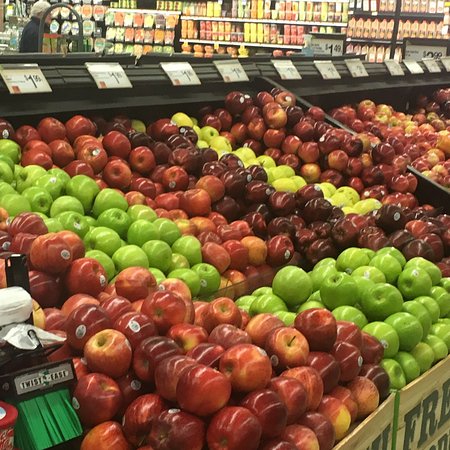Ways of operating within the retail food sector are always changing. This is especially true in the supermarket space. Today’s informed people are increasingly demanding quality, fresh, and innovative foods. Additionally, these consumers also demand convenience be served along with these first-rate products.
More grocery goods are being bought at non-traditional food retailers. For instance , Wal-Mart Stores Inc., Costco Wholesale Corporation, and also pharmacies/drugstores, and specialty alternative grocers.
How are traditional food markets – chains and independents – addressing the twin problems with freshness and convenience? The following are ways they’re working to grow sales through serving the clientele better:
1. Locally sourced products. It’s really a given that products sourced locally will probably be on supermarket shelves and in supermarket counters quicker. Same-day produce and dairy deliveries from local suppliers ensure customers receive a common food items fresher.

Additionally, today’s savvy consumers need to know exactly where their foods are coming from. This permits these phones quickly and easily trace their goods origins if and when they experience any problems with them. Hence, locally sourced is the new idea, which food retailers take presctiption board with to fulfill customer demands.
2. More specialized departments. Fresh products in grocers are coming increasingly from very specialized departments. For instance , artisan bakeries, market fresh fish and seafood departments, gourmet cheese departments, and produce departments offering more organic produce.
Artisan in-store bakeries (with products baked fresh daily) are offering to you breads and other goods with unbleached flour and healthy cereals. Specialized departments emphasizing all-natural merchandise is moving away from products containing MSG. Moreover, they’re catering to consumers’ wishes for low-sodium, low or no sugar, and also gluten-free products.
3. Clean food. Industry is demanding ‘cleaner’ food. What this means is products with limited ingredients. Nonetheless, these limited ingredients have to be first-rate, without additives and preservatives. Consumers want to understand how their fruits and vegetables are grown and processed. They need to know whether or not the meat they’re buying is grain or grass-fed and whether or not it contains antibiotics or chemicals. Supermarkets are increasingly stocking food products that meet consumers’ needs during these areas.
To read more about supermarket hours please visit web portal: click.
